Nature reports
Publisher: NIOZ Royal Netherlands Institute for Sea Research
Page 1 of 6 - 53 Results
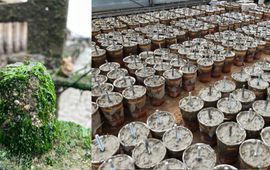
An innovative alternative to concrete could enable important coastal restoration work. The material Xiriton, made with local grass species and seawater, captures CO2 instead of emitting it, as conventional concrete does. NIOZ..
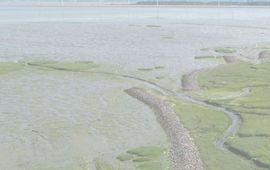
The Netherlands can make good use of the natural dynamics in coastal areas to protect against sea level rise. A broad, natural 'cushion' can protect the hinterland, is the conclusion of the exploratory study ‘Meegroeien’ (Growing..
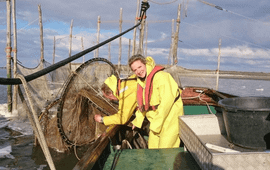
Using a unique treasure of data, marine biologist Suzanne Poiesz investigated the fish food web in the Wadden Sea between 1946 and the present day. Dissected stomach contents revealed who eats whom. The position of species in that..
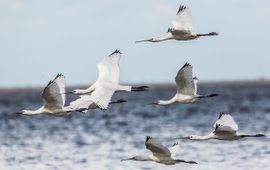
Spoonbills spend a large part of the summer outside their protected breeding grounds. After breeding, the migratory birds gather on the mudflats of Lutjewad, on the coast of Groningen. Research by BirdEyes shows the seasonal..
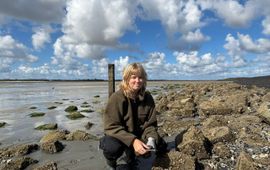
NIOZ researchers have found the Pacific barnacle in the Wadden Sea for the first time. Until now, this species was only known to exist in European waters in Belgium and on the south coast of the Western Scheldt. It probably..
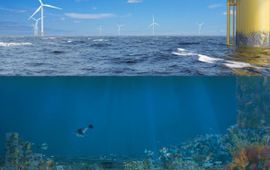
A contribution of 1 percent of all global investments in offshore wind projects by 2050 is sufficient for large-scale restoration of marine nature. This was revealed by an international study led by The Rich North Sea program (De..
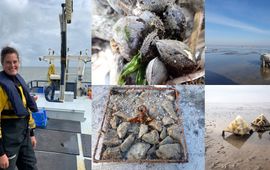
The formation of mussel and oyster beds on sandy seabeds can be stimulated by using a hard substrate. However, when NIOZ PhD candidate Sterre Witte placed shells and pebbles with a simple or smooth structure, the baby shellfish..

Worldwide, coastal areas are squeezed between a rising sea level on one end and human structures on the other. The distance between a sandy coastline and the first human structures averages less than 400 meters around the world...

Many animal species become smaller or larger in recent decades, with climate change often mentioned as a cause. Red knots, shorebirds travelling ten thousand kilometers every year between breeding grounds in Arctic Russia and..

For five years, more than 20 researchers acquired new ecological knowledge about the subtidal nature of the Wadden Sea, an often understudied but important part of this ecosystem. The projects Wadden Mosaic (Waddenmozaïek) and..
